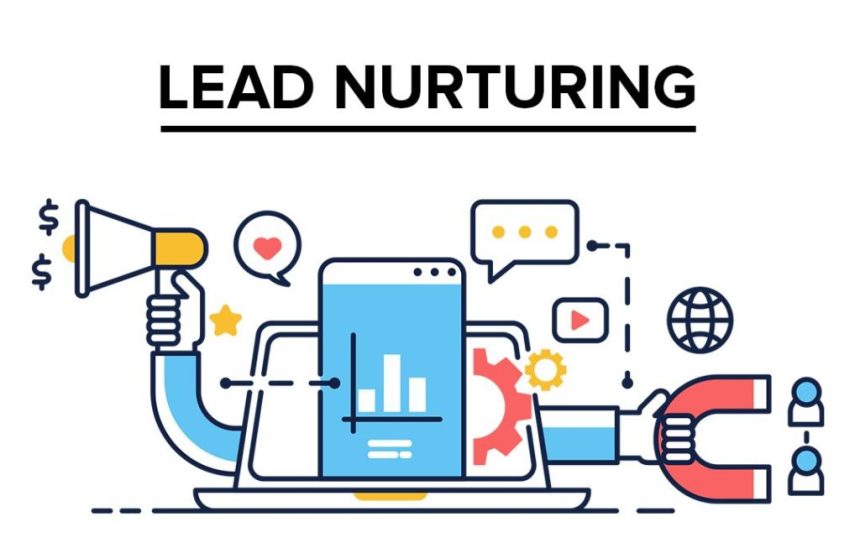Lead nurturing is a crucial aspect of the sales and marketing process, whether you’re a beginner or a seasoned professional. It involves building and maintaining relationships with potential customers at various stages of the buying journey to eventually convert them into paying customers. Here are lead nurturing tips for both beginners and pros:
For Beginners:
- Understand Your Audience:
- Begin by researching and understanding your target audience. Develop buyer personas to get a clear picture of your ideal customers’ needs, pain points, and preferences.
- Segment Your Leads:
- Divide your leads into segments based on criteria such as demographics, behavior, and engagement level. Segmentation allows you to tailor your messaging to specific groups.
- Create Valuable Content:
- Develop content that addresses the needs and interests of your leads. This can include blog posts, ebooks, webinars, and videos. Quality content establishes you as an authority in your industry.
- Automate Your Efforts:
- Invest in marketing automation tools to streamline your lead nurturing efforts. These tools can help you send personalized emails, track engagement, and automate follow-up sequences.
- Send Targeted Emails:
- Use email marketing to nurture leads. Craft personalized and relevant email campaigns that provide value and information, not just sales pitches.
- Establish a Follow-Up Routine:
- Create a structured follow-up plan for leads who express interest but aren’t ready to buy. This might include a series of emails, phone calls, or other touchpoints.
For Pros:
- Diversify Your Channels:
- Explore and leverage multiple channels for lead nurturing, including social media, webinars, podcasts, and content syndication. Different channels can reach different segments of your audience.
- Implement Lead Scoring:
- Develop a lead scoring system to prioritize and focus on the most qualified leads. Scoring is based on factors like engagement, behavior, and demographics.
- Personalize at Scale:
- Utilize advanced personalization techniques to tailor content and messaging even as your lead list grows. Dynamic content and advanced email personalization can help achieve this.
- Align Sales and Marketing:
- Foster collaboration between your sales and marketing teams. Ensure that they have a shared understanding of lead stages, definitions, and goals.
- A/B Testing and Optimization:
- Continuously test and optimize your lead nurturing campaigns. Experiment with different subject lines, email copy, calls to action, and content to identify what resonates best with your audience.
- Leverage Marketing Analytics:
- Make data-driven decisions by analyzing the performance of your lead nurturing campaigns. Identify which strategies and channels yield the highest ROI and adjust your approach accordingly.
- Monitor Engagement Signals:
- Pay attention to lead engagement signals such as website visits, email opens, click-through rates, and social media interactions. Use these signals to gauge lead interest and adjust your nurturing strategies.
- Sales Enablement:
- Equip your sales team with the necessary tools and resources to effectively follow up with nurtured leads. Provide insights on lead behavior and preferences to enable more personalized conversations.
Remember that lead nurturing is an ongoing process that requires adaptability and continuous improvement. Whether you’re a beginner or a seasoned pro, the key is to build relationships based on trust, provide value, and guide leads through their buying journey until they are ready to make a purchase.


Leave a Reply